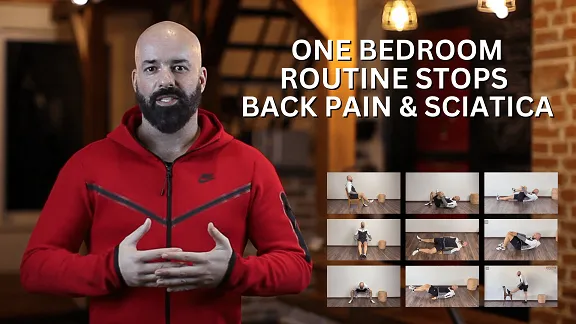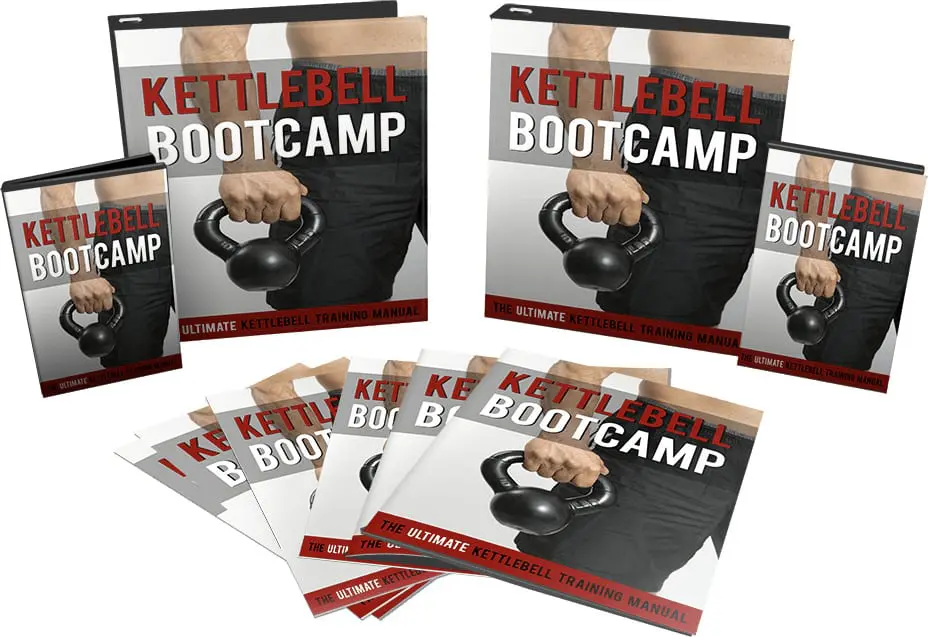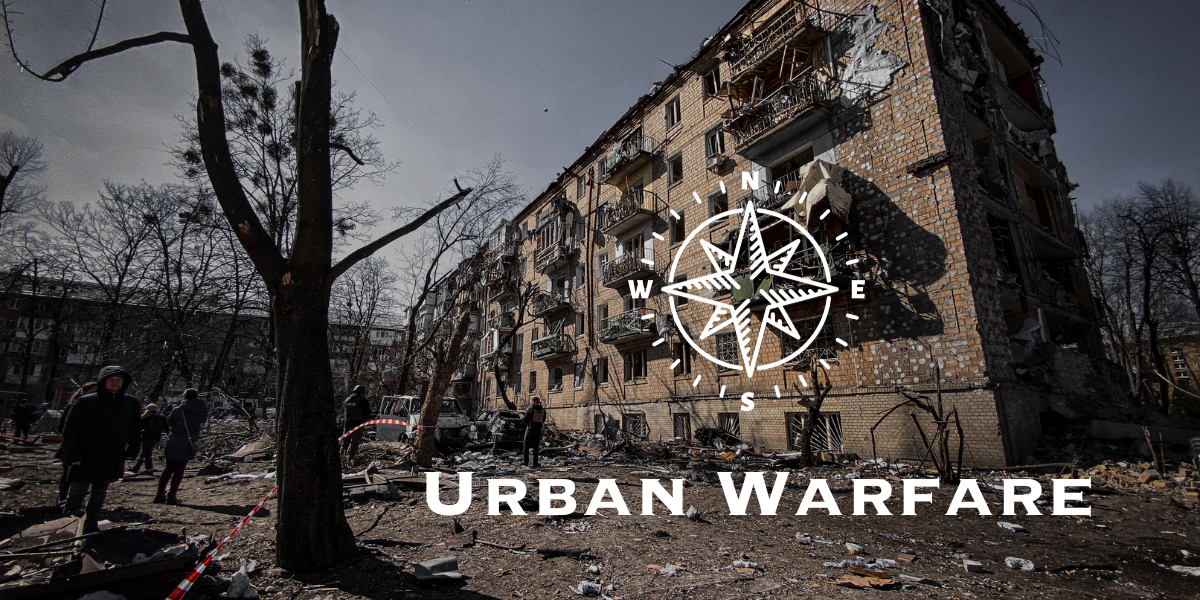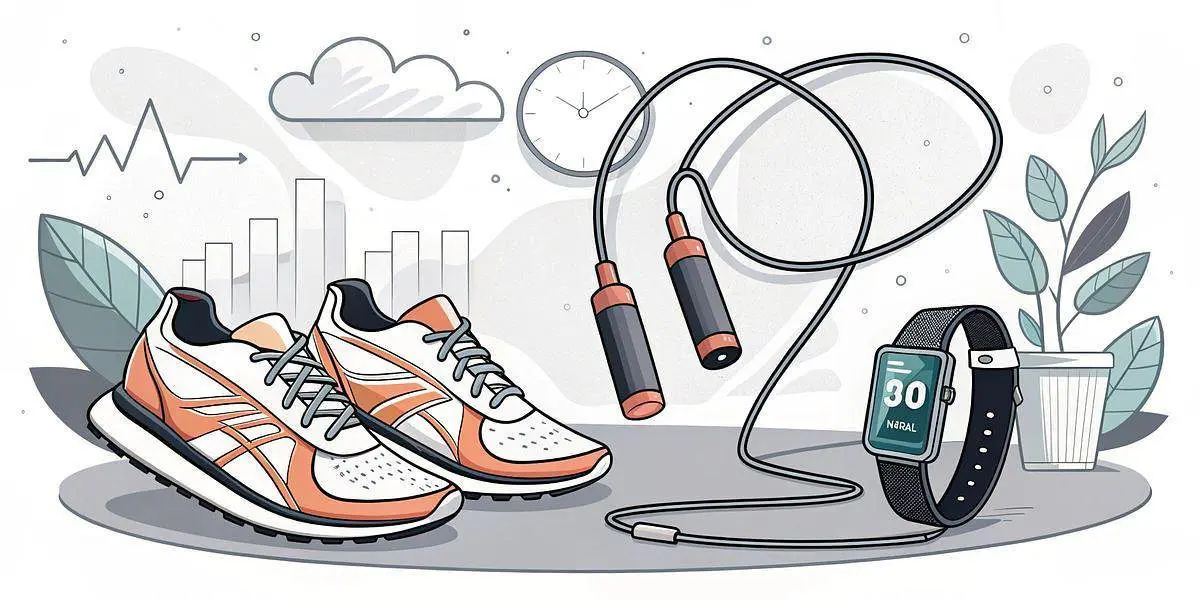Why fitness is important for preppers
Fitness is important for preppers because it prepares them physically and mentally for emergency situations. Being fit increases strength, endurance, and resilience, allowing preppers to handle the physical demands and stresses that may arise during a SHTF scenario.
In the uncertain world we live in today, being prepared for any situation is not just a choice, but a necessity. As preppers, we understand the importance of stockpiling food, water, and other essential supplies. However, amidst all the focus on tangible resources, one crucial aspect often gets overlooked – our own physical fitness. In a survival scenario, our health becomes our greatest asset, enabling us to navigate challenging terrain, endure physical exertion, and adapt to the demands of a post-disaster world. In this article, we will explore why fitness should be a top priority for preppers and provide valuable tips to help you achieve optimal physical readiness. Remember, in the face of adversity, a strong body and mind can be the difference between survival and succumbing to the challenges that lie ahead.
Benefits of staying physically fit for emergency situations
Staying physically fit is crucial for preppers in emergency situations. It enhances strength, stamina, and overall resilience, allowing them to better handle the physical demands and stresses that may arise during a SHTF scenario.
Daily Readiness, GPS, 24/7 Heart Rate, 40+ Exercise Modes, Sleep Tracking and more, Black/Graphite, One Size (S & L Bands Included)
Cardiovascular Training
Cardiovascular training is crucial for preppers as it improves heart health, endurance, and overall fitness levels. Engaging in activities like running, cycling, and swimming helps build cardiovascular strength, allowing preppers to better handle physical demands during emergency situations.
Benefits and types of cardiovascular exercises for preppers
When it comes to cardiovascular exercises for preppers, there are several options that not only improve your overall fitness but also align with the skills and activities you may encounter in a prepping scenario. One effective cardiovascular exercise is hiking or backpacking, which not only provides a great workout for your heart and lungs but also allows you to explore and familiarize yourself with different terrains. Another option is cycling, which not only improves cardiovascular endurance but can also be a practical means of transportation in a post-disaster world. Additionally, swimming and water-based activities are excellent choices, as they offer a low-impact workout while also preparing you for potential water-related challenges or emergencies.
Finally, incorporating functional exercises such as carrying heavy loads, chopping wood, or practicing sprints can simulate the physical demands of prepping activities and help build both cardiovascular endurance and functional strength. By choosing cardiovascular exercises that are relevant to prepping, you not only improve your fitness but also develop the skills necessary to thrive in uncertain circumstances.
Strength Training
Strength training is crucial for preppers as it helps build muscle strength and endurance, increasing overall physical resilience. Regular strength training sessions can improve functional strength, enhance posture, and reduce the risk of injury during emergencies.
Different types of strength training exercises for preppers
When it comes to strength training for preppers, there are numerous options that can help you build functional strength and prepare for the physical demands of a post-disaster world. One effective form of strength training is bodyweight exercises, such as push-ups, squats, and lunges, which require no equipment and can be done anywhere. These exercises not only

Flexibility Training
Why flexibility is crucial for preppers
Flexibility training is crucial for preppers as it improves range of motion and reduces the risk of injuries. Stretching exercises like yoga or Pilates can help preppers stay limber and agile, enhancing their ability to handle physical demands during emergency situations.
Effective flexibility exercises for preppers
When it comes to flexibility and mobility training for your preparedness journey, there are various techniques that can enhance your range of motion and ensure optimal movement in challenging situations. One effective method is dynamic stretching, which involves performing controlled movements that mimic the activities you may encounter while prepping. This could include exercises like walking lunges, leg swings, or arm circles, which warm up your muscles and joints while improving flexibility. Another approach is yoga or Pilates, which focus on stretching and strengthening the entire body through a series of poses and controlled movements. These practices not only increase flexibility but also promote balance and core strength, which are essential for stability and agility during prepping tasks. Additionally, incorporating mobility drills such as hip rotations, shoulder rotations, or ankle circles can help improve joint mobility and prevent injuries. Remember, that by dedicating time to flexibility and mobility training, you enhance your ability to navigate obstacles, perform physically demanding tasks, and adapt to the ever-changing circumstances that may arise in a post-disaster world.

Endurance Training
Building endurance for preppers
Building endurance is crucial for preppers to withstand physically demanding situations. Incorporating regular aerobic exercises such as running, cycling, and swimming, along with interval training, can help preppers improve their cardiovascular endurance and prepare for SHTF scenarios.
Training methods to improve endurance
When it comes to endurance training for your preparedness endeavors, there are several methods that can boost your stamina and ensure you can sustain prolonged physical activity. One effective approach is cardiovascular exercise, which we’ve already covered as it strengthens your heart and lungs but also builds endurance. To make this training more prepper-focused, consider incorporating outdoor activities into your routine, such as hiking with a loaded backpack or trail running on rough terrain. These activities simulate the challenges you may encounter while bugging out or traversing through rugged landscapes. Another option is interval training, which involves alternating between high-intensity bursts of activity and periods of rest or lower intensity. This type of training can be done through activities like sprinting, bodyweight circuits, or even practicing fast-paced emergency drills. By mimicking the intensity and unpredictability of real-life scenarios, you prepare your body and mind for the physical demands of prepping. Remember, that by engaging in endurance training that aligns with prepping tasks, you fortify your ability to endure long journeys, overcome obstacles, and maintain peak performance when faced with the challenges that may arise in a survival situation.
Nutrition and Hydration
The importance of proper nutrition and hydration for preppers
The importance of proper nutrition and hydration cannot be overstated for preppers. A well-balanced diet rich in vitamins, minerals, and protein is crucial for maintaining energy levels and supporting overall health. In emergency situations, it is important to have non-perishable food items such as canned goods, dried fruits, and nuts that provide essential nutrients. Hydration is equally important, as dehydration can lead to fatigue and impaired cognitive function. Stocking up on water or having a reliable water filtration system is essential for staying hydrated during emergencies.
Tips for maintaining a healthy diet and staying hydrated in emergency situations
- Stock up on non-perishable food items that are high in nutrients, such as canned fruits and vegetables, whole grains, and protein sources like tuna or beans.
- Include foods that require minimal preparation and can be eaten without cooking, such as energy bars, nuts, and dried fruits.
- Prioritize foods that have a long shelf life and rotate your stock regularly to ensure freshness.
- Consider investing in a portable water filtration system or water purification tablets to have a reliable source of clean drinking water.
- Stay hydrated by drinking water regularly throughout the day, even if you don’t feel thirsty.
- Limit your intake of sugary drinks and caffeinated beverages, as they can contribute to dehydration.
- Avoid consuming excessive amounts of salt, as it can lead to increased thirst and water retention.
- If possible, try to include fresh produce in your emergency food supply, such as apples, oranges, or carrots, for added vitamins and minerals. Have a garden.
- Plan your meals and ration your food supply to ensure you are getting the right balance of macronutrients (carbohydrates, proteins, and fats) and micronutrients (vitamins and minerals).
- Consider consulting with a nutritionist or healthcare professional to develop a meal plan that meets your specific dietary needs in emergency situations, or at a minimum educate yourself well on the topic.

Conclusion
In conclusion, staying physically fit is essential for preppers to be prepared for emergency situations. By engaging in cardiovascular, strength, flexibility, and endurance training, maintaining proper nutrition and hydration, preppers can increase their overall preparedness and resilience in the face of a SHTF event. Fitness is not only important for physical strength, but also for mental and emotional well-being. By following these essential fitness tips, preppers can be better equipped to handle any challenges that may arise during an emergency.
































